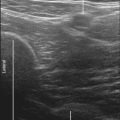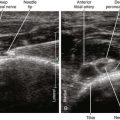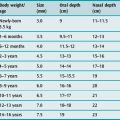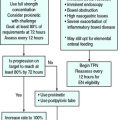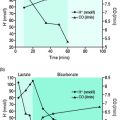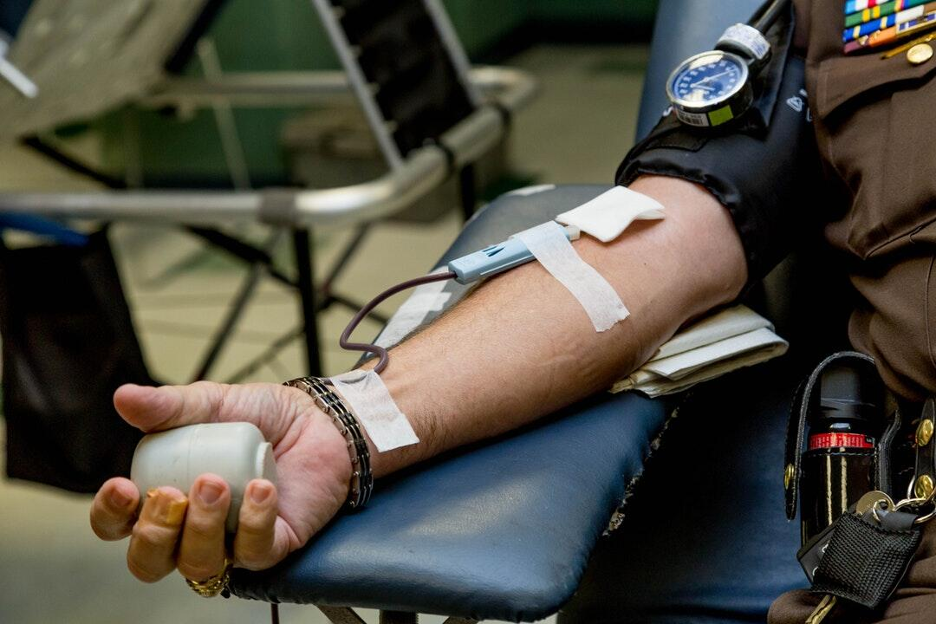
Ensuring safety in environments where bloodborne pathogens may be present is crucial. Understanding the essential equipment and techniques for effective bloodborne controls can significantly reduce risk and prevent infections.
Proper use of personal protective equipment (PPE), such as gloves and masks, along with techniques like proper disposal of sharps and sanitation practices, are key elements. Read on to discover more about bloodborne controls and how to implement them effectively.
Essential Equipment
Here are some of the most important pieces of equipment you should use:
Weapons
Weapons in infection control are not the typical weapons you think of. In this context, they are tools used to fight against the spread of bloodborne pathogens. Gloves protect your hands from exposure to harmful agents. Masks shield your mouth and nose from droplets.
Proper disposal containers ensure that used materials do not become a new source of infection. These “weapons” are simple but highly effective in maintaining safety and preventing the spread of infection.
Armor
In the fight against bloodborne pathogens, armor refers to protective clothing. This includes gowns, face shields, and eye protection. Gowns cover your body to prevent contamination of your clothes and skin. Face shields protect your entire face from splashes and sprays.
Eye protection keeps your eyes safe from droplets and other infectious materials. Using this armor can greatly reduce the risk of exposure and infection. It is important to wear the appropriate gear for the task at hand to ensure maximum protection.
Consumables
Consumables are items used once and then discarded. They include gloves, masks, and wipes. Gloves should be changed frequently to avoid contamination. Masks need to be replaced if they become damp or soiled.
Disinfectant wipes are used to clean surfaces that may be contaminated. Proper use of these consumables helps maintain a safe and clean environment. Always dispose of them in the appropriate containers to prevent the spread of pathogens.
Techniques for Effective Control
Here are some fundamental techniques to help you maintain control and stay safe in risky environments.
Basic Movement
When facing risky environments, how you move can be key to staying safe. Always stay aware of your surroundings. Move slowly and carefully to avoid accidents. Keep a balanced stance to prevent falls. If you need to reach for something, avoid twisting your body.
Instead, move your feet to face the direction you need to go. Learning proper techniques can help a lot. Consider getting certified at https://cprcertificationnow.com to improve your skills and knowledge.
Combat Basics
When dealing with bloodborne pathogens, it’s crucial to know some combat basics to stay safe. Always keep your guard up and be aware of your surroundings. Use quick, controlled movements to minimize the risk of injuries.
When engaging in any action, maintain a safe distance from potential threats. If you come into contact with blood, stop immediately and follow safety protocols.
Clean the area thoroughly, and report the incident to ensure proper handling and disposal. Remember, avoiding direct contact is the best way to prevent the spread of bloodborne pathogens.
Learn All About Bloodborne Controls
In summary, staying safe around bloodborne pathogens is really important. Using the right gear like gloves, masks, and gowns helps a lot. Also, knowing how to move and act in risky places can keep you safe. Always remember these bloodborne controls. They help stop the spread of germs and keep everyone healthy.
Visit our blog for more!

